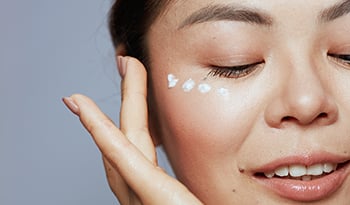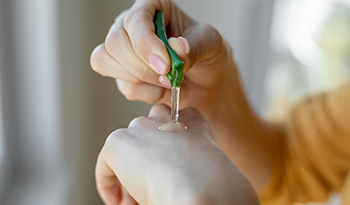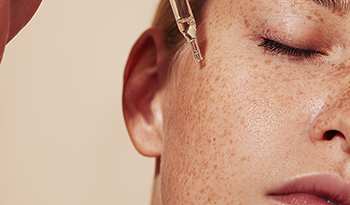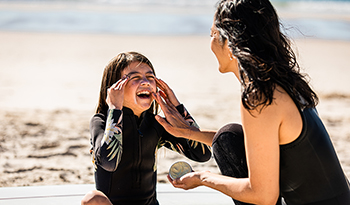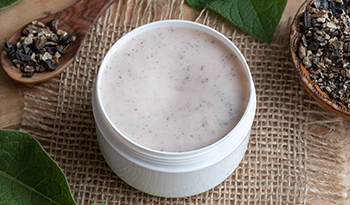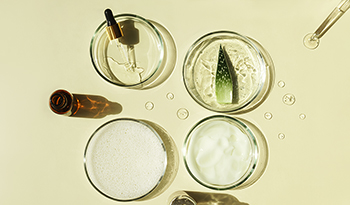Most Common Foot Conditions: A Comprehensive Guide for Foot Health
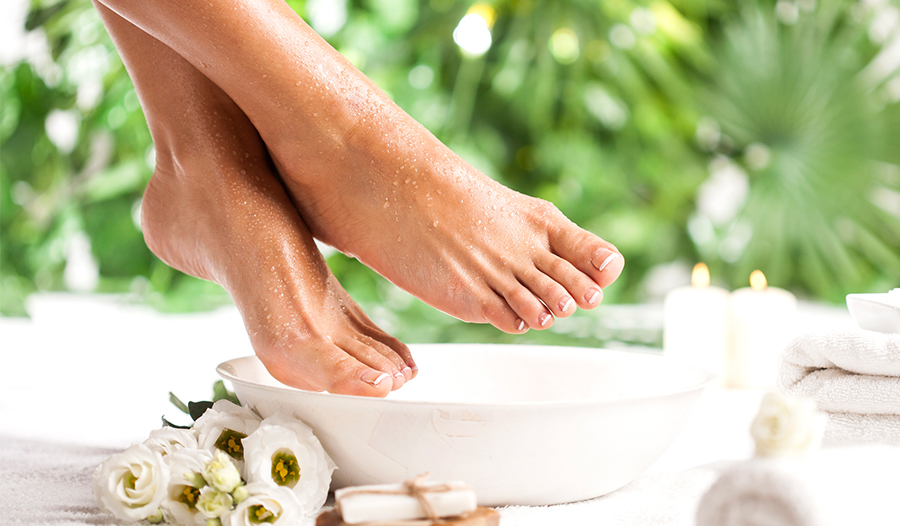
I wanted to take some time to discuss a topic that my patients are always concerned about as the fall days draw closer: post-sandal season footcare. Like many of my patients, I wear sandals all summer long. I love them. However, the element-exposure and lack of arch support that most sandals provide can be incredibly hard on our feet.
By the time we reach age 65, most of us will have carried several million tons of weight on our feet and walked more than 75,000 miles. (That’s like walking around the Earth’s equator three times!) As we age, this abuse takes its toll and alters our feet’s structure. They increase in length and width, flatten in the arch, lose some of the fatty padding in the balls of the feet, and have ligaments and tendons become looser and weaker. With all the work our feet do and all the troubles they experience as a result, you’d think people would prioritize showing their feet some love to thank them. Instead, we often stuff them in unsupportive, flat-soled sandals and put them last on our skincare priority list.
It's time to switch it up! Here are some of the most common foot conditions I see as the summer winds down and the products I recommend for tackling them at home.
Flakey, Dull Skin
After walking around a beach and in the sand all summer, I know that my feet can be dull and flaky, and I see it a lot in my patients as well! Most doctors agree that the most effective way to treat dry and flaking skin is to exfoliate, or remove the dry dead skin present, and to then moisturize the underlying normal skin. You can use pumice stones or foot files to help with at-home exfoliation. My go-tos are the Mehaz Foot File and the Earth Therapeutics Pumice Stone.
After exfoliating, I recommend that my patients use a repairing and moisturizing foot mask to treat post-summer roughness. I love the Nu-Pore and Aveeno foot masks and have personally used both them since summer has come to a close. They’ve helped me maintain the essential moisture my skin needs to feel smooth and fresh.
Calluses
My patients are always coming into the office to have their calluses (dry, hard skin) removed. After I shave their calluses down, I discuss proper moisturizers to help them maintain this smooth foot feel. My main advice: when our feet have extremely dry, hard skin on them, it is always best to look for a product with urea as an active ingredient. Urea exfoliates dry skin and brings out those beautiful skin cells for much-needed repair! My go-to urea cream is O’Keeffe’s Moisturizing Foot Cream. This product has the concentration needed to achieve your smooth foot goals.
Other natural ways to keep our feet smooth and fresh are natural ingredients like cocoa butter, Vitamin E, shea butter, peppermint menthol, and tea tree oil. Creams with these ingredients tend to offer superior performance when it comes to kick-starting the skin repair process. I love using Palmer’s Cocoa Butter Formula with Vitamin E, because it combines the soothing and smoothing effects of cocoa butter with natural Vitamin E, which replenishes the nutrients lost during our busy days. It is truly amazing to see the before and after pictures of how these creams can repair feet after the long, dry summer months.
Sun Damage
Another interesting topic that I discuss with my patients often is their tan lines. NO, not from their bathing suits! The tan lines their sandals cause on their feet. For whatever reason, everyone neglects their feet when applying sunblock lotion. We all know that we need to apply proper SPF to our body to prevent melanoma (skin cancer) and protect our skin’s beauty but, for some reason, we rarely apply this logic to our feet.
Before I was a foot and ankle specialist, I also often neglected my feet when it came to SPF protection. I now understand the harm UV rays can wreak havoc on foot skin. Always remember to extend your sunblock routine all the way down to your toes—I happen to love using this Dr. Oracle option to do so.
Keep in mind, if you love sandals as much as I do, some tanning patterns on your feet will be inevitable even with a great sunblock routine. If you’re feeling insecure about the tan lines on your feet as the seasons change and you’re more likely to be wearing formal shoes than casual flip flops, sunless tanner can help you achieve a uniform skin color. I recommend choosing one that does double duty, both helping fill in untanned areas and moisturizing the skin on your feet, like this St. Tropez Bronzing Mousse.
Nail Fungus
Fungus can rear its ugly head all year long, but is especially prevalent during the summer months, when public pools and salon pedicures are a big part of our lives. Nail fungus is very unsightly and can cause toenails to appear brittle, thick, and dark. It can even cause unpleasant odors.
It is very important that you recognize signs of fungus early on so you can get started on proper treatment right away. Fungus loves moist environments and spreads easily, so treating as quickly as possible is vital! Always check for discoloration, early signs of which can usually be found in the corners of nails and have a brownish appearance.
If you spot signs of fungus, a good at-home treatment is tea tree oil. Other great homeopathic ingredients are calendula, hypericum, and silica. All four of these antifungal superpowers can be found in Forces of Nature Nail Fungus Control. Please note that if fungus persists despite at-home treatments, it is highly recommended that you see your doctor for additional care instructions.
Pain From Improperly Fitting Shoes
Summer tends to be a time when we focus on fashion more than support when it comes to our footwear. That’s a major mistake. I see tons of patients come in with foot and ankle pain from improperly fitting shoes. My top tips for avoiding similar pain are to always try on new shoes at the end of the day, when feet are typically at their largest, and to get your feet measured every time you go to buy new shoes as foot size and shape change continuously throughout our lives.
You may also want to think about investing in custom-made orthotics, which are considered to be the gold standard of medical treatment. These are especially important if you have flat feet (pronation.) Above all, choose shoes for comfort, not just style, making sure your shoe shape matches the shape of your feet and allows you to walk with stability.
Give Your Feet The Love They Deserve
This may not be the most surprising statement seeing as how I’m a podiatrist, but I LOVE FEET. They get us from A to Z and we need them healthy and feeling good during that journey. With the three trips around the equator each of us is going to take throughout our lives, it is vital that we equip our feet with tools that give them proper support and protection from the elements. I urge you to give your feet the much-needed foot love they deserve. Exfoliators, moisturizers, fungus care products, and supportive shoes aren’t just a momentary treat for your feet—they’re an investment in your feet’s long-term health and wellness. Show your feet love, and they’ll show you love back.
DISCLAIMER:This Wellness Hub does not intend to provide diagnosis...













































































 Table of Contents
Table of Contents



